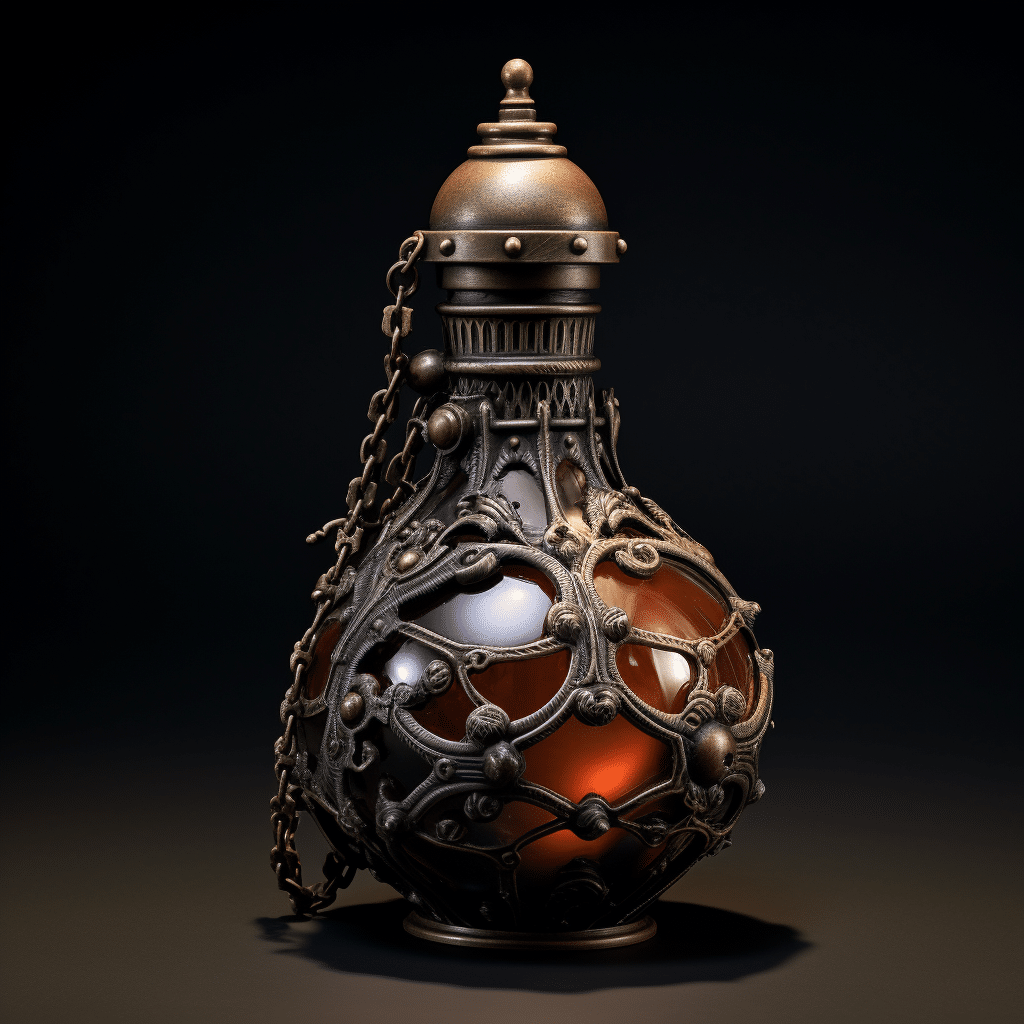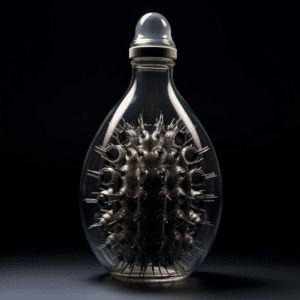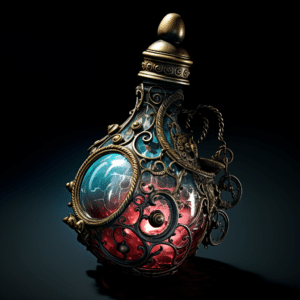
When to Switch to Size 2 Nipples: Guide
Babies grow first, and keeping up with them can sometimes be challenging. It’s incredible what your little one can learn in one year. And that year, your baby will spend much of their time drinking breastmilk or formula, either from the breast or a bottle. If your choice is the latter, you’ll have a little work.
Choosing the best bottle for feeding your baby is not enough. You’ll also need to determine their perfect nipple size. Nipples come in different sizes, and there’s no one fits all size. As your baby grows, so does the nipple size. If your baby started at a size 1 nipple, you might want to know when to switch to size 2. Stay locked!

When Do You Switch To Size 2 Nipples
Knowing the appropriate nipple size varies depending on whether your child is breastfeeding or bottle feeding.
Breastfed Infants
Breastfed infants are used to working harder to obtain milk from the breasts. That’s so because human breasts have naturally slower flow rates. So, if you are breastfeeding, begin with the smallest available size. Giving your baby a large nipple size means they’ll easily get milk without much hassle. This can make them refuse the breast as it’s too much work, and they rely on bottles.
However, if your flow is fast and your kid takes less than 10 minutes to empty one breast, you may want to increase the nipple size to match the pace of your breasts. After that, there’s no need to keep upgrading nipple sizes as your baby grows. That’s because breastmilk is thinner than formula, and it doesn’t change its consistency, unlike formula.
Formula-Fed Infants
The recommended nipple size for formula-fed infants depends on their age. Large nipple sizes have faster milk flow that is best suited to older babies who can better handle large milk volumes and vice versa.
Although a child’s age is a good guide for upgrading from a size 1 to a size 2 nipple, your baby is the best determinant to know whether it’s about time to switch to a size 2 nipple. By observing your baby’s behavior when they feed, you’ll know if they’re ready for the switching or not.
Your little one should be as comfortable as possible when bottle feeding. So, anytime you see your child having difficulty sucking milk from the bottle or becoming frustrated while feeding, they may be ready to switch to a size 2 nipple.
Signs Your Baby Is Ready To Switch To Size 2 Nipple
- Nipple collapsing – if your little one sucks so hard that the nipple flattens or caves in, they may need a nipple with a faster flow rate. Besides sucking hard, nipples collapsing can also be caused by vents that can stick together occasionally, leading to the formation of a vacuum and subsequent collapsing.
Note that if the nipple is worn out, it can also be prone to collapsing. Discolored, sticky, and cracked nipples should be replaced. Nipples that don’t go back to their original shape after a good yank should also be replaced. The same applies to nipples that can easily be flipped upside down, letting milk flow out of them in a stream.
- Feeding taking long – taking too long to finish a bottle can also mean your baby needs to switch to a size 2 nipple. If your little one takes longer than half an hour to complete a bottle or frequently latches and unlatches, it may be time to increase their nipple size.
- Your baby is getting frustrated while feeding – frustrations during feeding can mean a slow flow rate. When the nipple flow rate is too slow, your kid may not get enough milk and feed properly. This may stress them, leading to frustration. Signs that your little one is frustrated include squirming, crying, kicking, and pushing the bottle.
- Your child is eating less and getting hungry shortly after – if the nipple flow is too slow, your little one may not obtain enough milk to drink at any feeding time. This can make them hungry shortly after feeding and way before their next feeding session. Your little one may also become disinterested in feeding and fall asleep before they’re satisfied.

Nipple Size Guide
Nipples come in different sizes according to flow rate. And although the exact size of each nipple varies by brand, generally, nipples come in the following sizes:
Size 0
Size 0 nipples have the slowest flow rate and work great for premature babies who don’t have a well-developed sucking system. They can also be perfect for breastfed babies as they resemble the flow rate of human milk.
Size 1
Size 1 nipples are larger than size 0 and are perfect for babies between 0 and 3 months. They can also fit breastfed babies with challenges feeding with a size 0 nipple. If your baby is comfortable feeding on a size 1, they may not need to upgrade sizes as they age.
Size 2
Size 2 nipples are designed for 3 months old babies and above. They can also work for older babies who take longer to feed on a size 1 nipple.
Size 3
Size 3 nipples are made for babies 6 months and above. If your baby is older and takes a long time to feed on size 2, switch them to size 3.
This nipple size is best for children who have started sitting up, are eating solids, or have their formula thickened with extra powder.
Size 4
Also called y-cut, size 4 nipples have better flow and are designed for babies 9 months and above who drink a thicker formula and infant cereal. This nipple size can suit your child if they drink water from a sippy cup or are advised by a pediatrician to have extra powder in their formula.
Conclusion
Nipple size starts at zero and moves to size 4. A child’s age may be a good indicator if they’re ready to switch to size 2, but it’s not the best determinant. Your baby’s behavior is the best way to know if they should switch to a size 2 nipple. So, if your little one gets frustrated while feeding, feeds for longer, gets hungry shortly after feeding, or has the nipples collapsed, it may be time to switch them to a size 2 nipple.